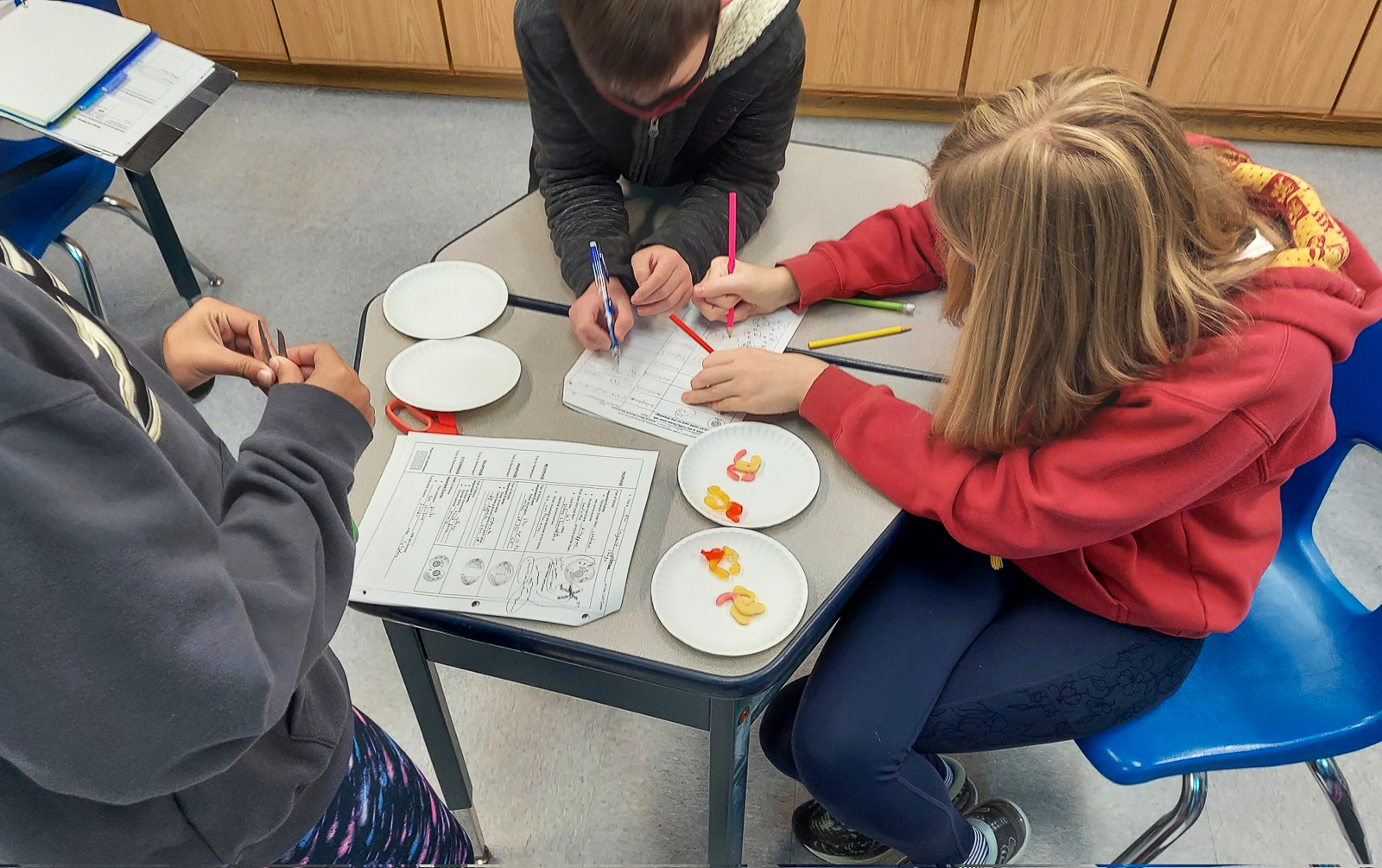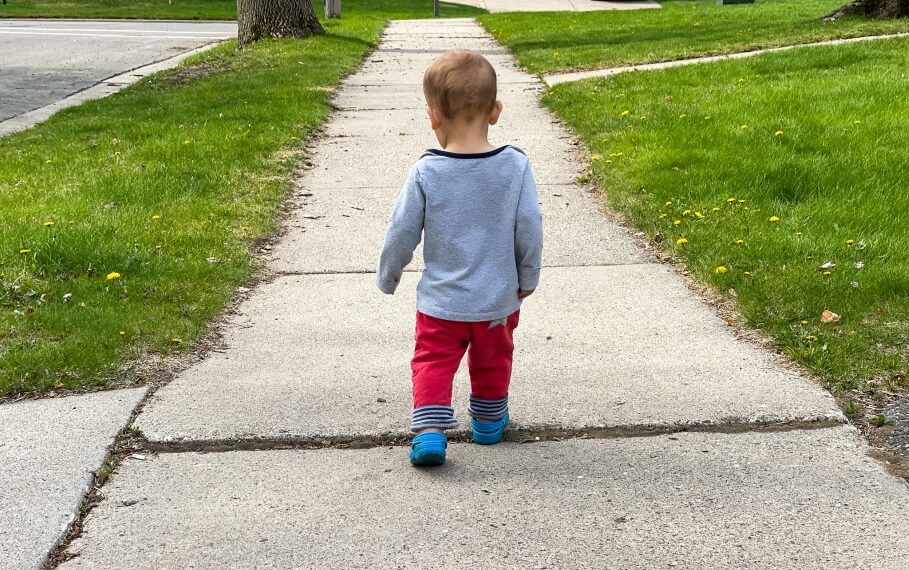By Doug Norry
November 18, 2021
My mother’s forty-four year career with our federal government began at the Atomic Energy Commission, where she served as an environmental analyst. After a few years, she found her way to the Nuclear Regulatory Commission in 1975, where she directed the Office of Administration for fifteen years before advancing to become the Deputy Executive Director for Management Services. Patricia Norry earned many commendations during this time, including the Presidential Rank for Distinguished Service in 1996. This award included a visit to the Oval Office, where President Bill Clinton reached out to shake my father’s hand, by mistake. I’ve always thought it both sad and fitting that her moment of triumph was marked by the sexism that no doubt plagued her lengthy career. I wasn’t familiar with the language at the time, but President Clinton’s mistake certainly qualifies as a microaggression.
Most people of color have experienced countless examples of ‘below the radar racism’ in their own lives. Dr. Chester Pierce, Professor of Psychiatry at Harvard University, coined the term “microaggression” in 1970 to describe negative, hurtful comments and interactions endured by Black people. Over the past fifty years, the definition has broadened to include “everyday verbal, nonverbal and environmental slights, snubs or insults, whether intentional or unintentional, which communicate hostile, derogatory or negative messages to the target persons based solely upon their marginalized group membership.”
In the past few years, this has been a targeted area of professional growth for our faculty, as we have learned about different types of microaggressions, brainstormed examples that have taken place at school, and discussed how to handle these in the moment. More specifically, we have discussed microassaults (conscious, more explicitly racist, sexist or homophobic comments or behaviors), microinsults (often unconscious, insensitive remarks that demean a person’s heritage or identity), and microinvalidations (often unconscious comments that exclude or nullify someone’s feelings or experiential reality).
In a TED Talk entitled Eliminating Microaggressions: The Next Level of Inclusion, Tiffany Alvoid highlights the prevalence of the microaggressions and explains that an accumulation of small wounds can inflict significant damage over time. I encourage you to watch this talk and/or read this CNN article if you’re wondering about common examples of microaggressions. As one example, a comment like “that’s my OCD kicking in” trivializes a condition that seriously afflicts those who suffer from this disorder. I’ve made comments of this nature before, so now I’m attempting to do better.
Speaking of doing better, Alvoid suggests that, before making personal comments or comparisons, we pause to consider the potential impact (rather than simply our intent) of our words or actions. While her focus is the workplace, all of this is directly applicable to the education and development of our students at TDS. Teaching our children to consider the impact of their comments and behaviors (and specifically whether they might cause others pain or discomfort) and own their mistakes (by apologizing and vowing to do better) is consistent with our core values of respect, integrity, and compassion.

